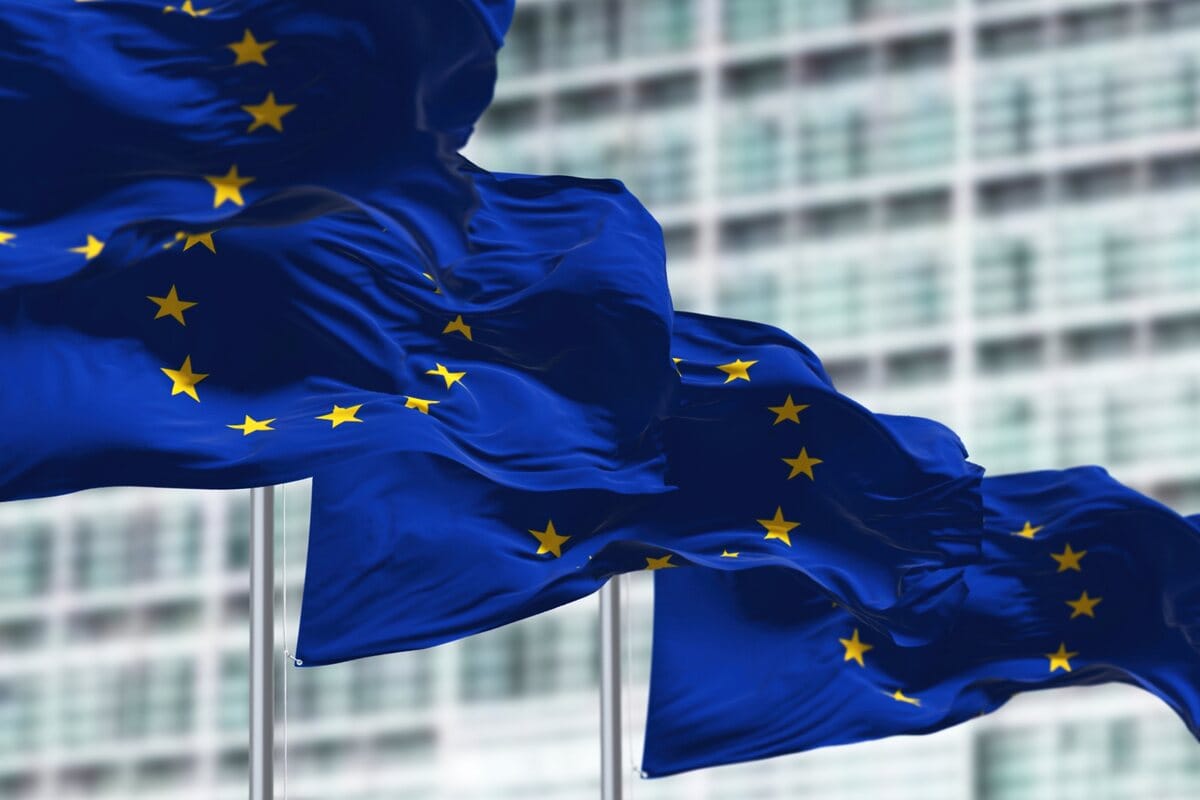Eurozone businesses saw fresh momentum in August, as new orders grew for the first time since June 2024, according to provisional PMI survey data. The rebound in demand drove business activity to its strongest pace in 15 months, while companies continued to expand their workforces for a sixth consecutive month. However, the upturn came alongside mounting inflationary pressures, with both input costs and output prices rising more sharply.
The seasonally adjusted HCOB Flash Eurozone Composite PMI Output Index improved for the third month running in August, posting 51.1 from 50.9 in July. The modest increase in business activity was the sharpest since May 2024. Output has now risen in each of the past eight months.
“Things are getting better. Economic activity has picked up in both manufacturing and services. Overall, we’ve seen a slight acceleration in growth over the past three months. Despite headwinds like U.S. tariffs and general uncertainty, businesses across the eurozone seem to be coping reasonably well. The EU Single Market is likely playing a helpful role here, especially since most export and tourism revenues are generated within the EU,” said Dr. Cyrus de la Rubia, chief economist at Hamburg Commercial Bank.
Manufacturing sector drives business expansion
The Eurozone’s mid-third quarter upswing was fueled largely by the manufacturing sector, where production grew at its fastest rate in nearly three-and-a-half years. Services activity also extended its recovery for a third straight month, though the pace of growth eased compared with July and remained relatively modest.
Germany, the euro area’s largest economy, recorded its third straight month of output growth in August, driven by a solid rebound in manufacturing. Overall business activity picked up at the fastest pace since March, though service sector performance remained subdued. In France, output was close to stabilising, with the slight decline marking the softest in a year. Elsewhere across the Eurozone, activity continued to expand, but the pace of growth eased slightly from July’s levels.
“Manufacturing output has increased for six straight months, with Germany leading the charge. France, which had been a drag in June and July, showed signs of stabilising in August. The same goes for services: France’s recession seems to be tapering off, while Germany is showing growth even if only marginal,” said de la Rubia.
New orders in the Eurozone rose in August, snapping a 14-month streak of decline, according to survey data. Both manufacturing and services saw renewed growth in demand, with factory orders climbing for the first time since April 2022. The overall uptick came despite another drop in export orders, including in intra-Eurozone trade.
“U.S. trade policy is leaving its mark. Foreign orders in the eurozone manufacturing sector have declined for the second month in a row. Germany had been holding up well, possibly due to pre-emptive purchases from the U.S., but now it’s also seeing a drop in orders. France has climbed out of the deep hole of falling foreign demand over the last months, but incoming orders are still on the decline,” he added.
Eurozone firms continued to expand their workforce
Eurozone firms continued to expand their workforces in August, marking six straight months of job creation, survey data showed. Employment growth, while modest, accelerated to its fastest pace since June 2024 and was driven largely by the services sector, as manufacturing jobs declined. France saw a renewed rise in staffing, while Germany posted a slight drop, and hiring across the rest of the bloc grew modestly.
Amid stronger demand, the additional staff helped companies manage workloads, leading to a further decline in backlogs of work. August marked the 17th consecutive month of depletion, with the rate of decline quickening slightly compared to July.
Read: Switzerland moves to ease burdens on businesses as 39 percent U.S. tariff takes effect
Price pressures grow
Inflationary pressures strengthened across the Eurozone in August, as both input costs and output prices rose at faster rates than the previous month. Input costs climbed sharply, marking the steepest increase in five months, though still below the long-term average. Manufacturing input prices edged higher for the first time since March, while services saw the sharpest cost rise since the same month.
Companies passed on some of these higher costs to customers, with output prices rising at the quickest pace in four months. Price pressures were most evident in Germany and France, while the rest of the bloc recorded the slowest increase so far this year.
“The European Central Bank might wince a little at the rising cost pressures in the services sector. After all, it’s banking on slower wage growth to help bring inflation down in this crucial part of the economy. That said, there’s a bit of relief in the fact that inflation in service-sector selling prices has remained more or less steady,” added de la Rubia.
Business confidence waned for the second consecutive month in August. Sentiment dropped to a four-month low and was weaker than the series average. Confidence dipped in both monitored sectors and across Germany, France and the rest of the Eurozone alike. In fact, French firms expressed a pessimistic outlook for output for the first time in nine months.
For more news on economy, click here.




